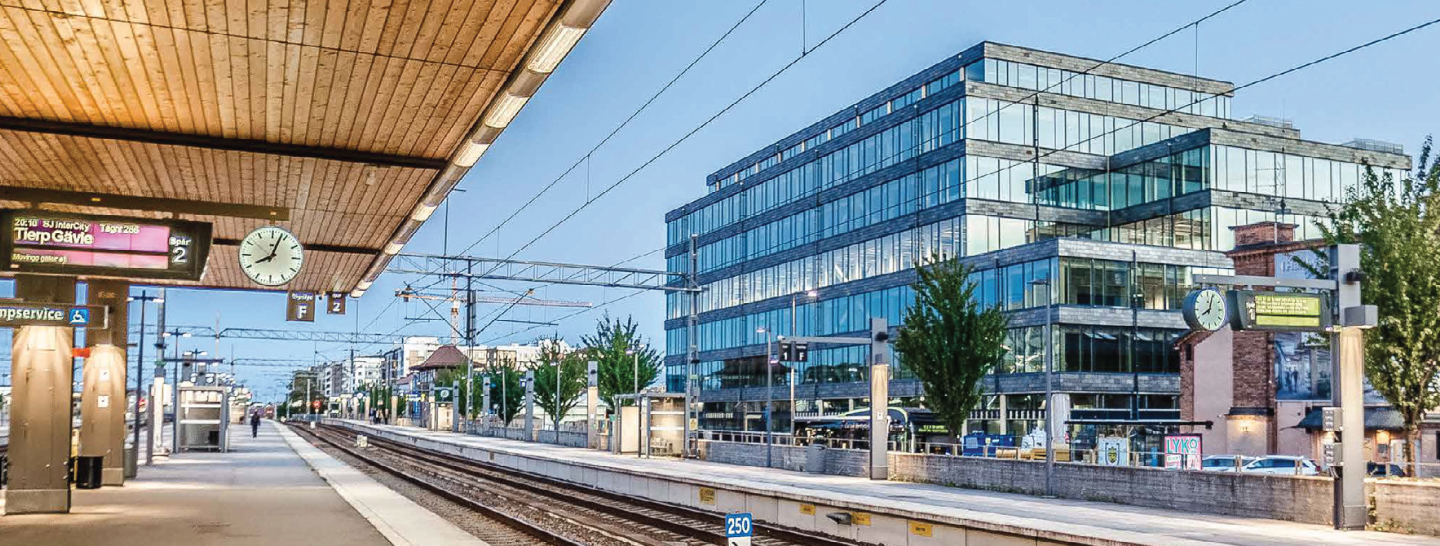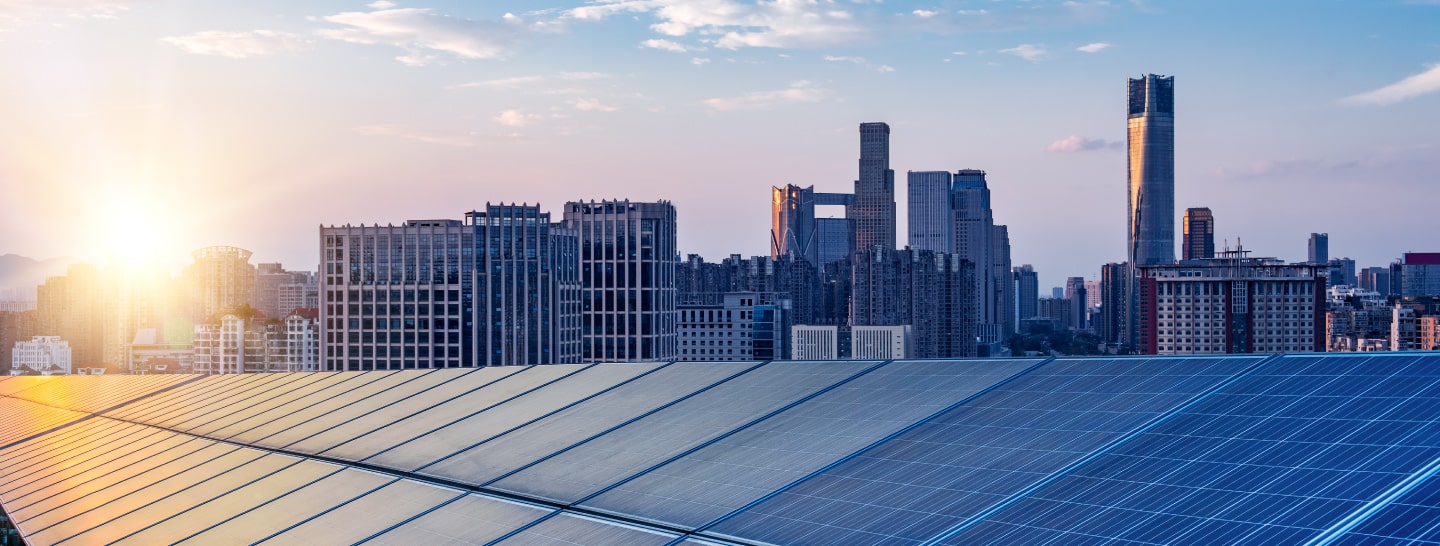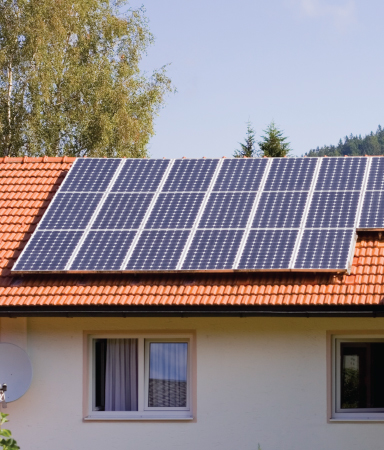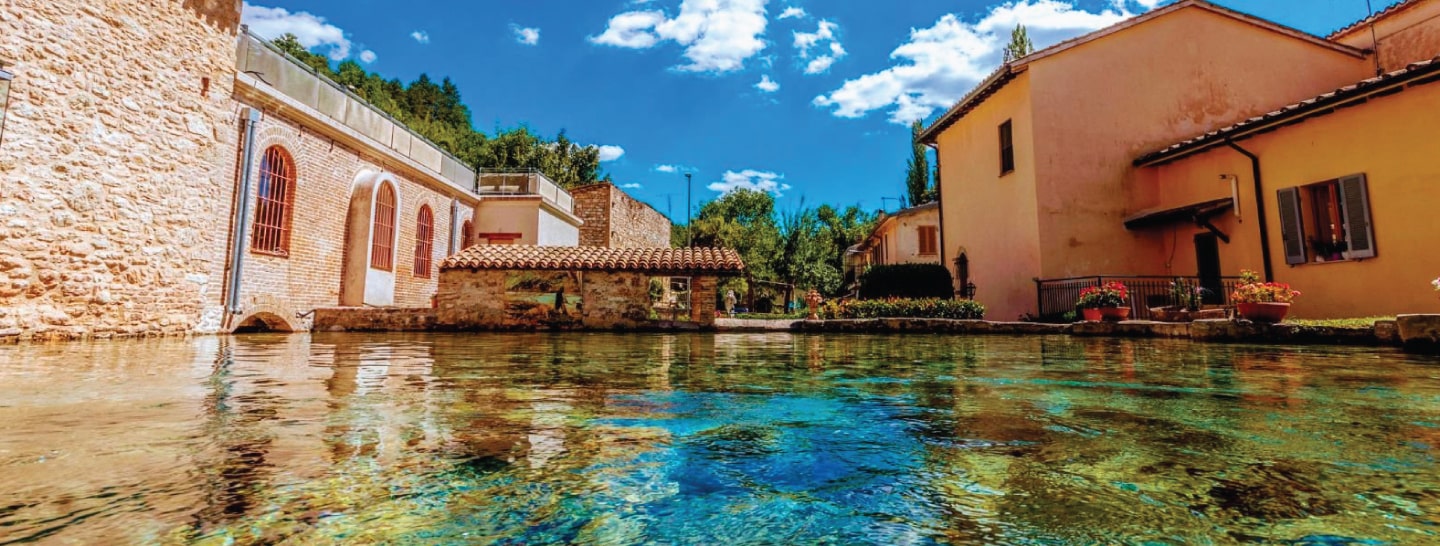
Water’s importance for social and economic development
As Cesarini explains: “Five streams of the Menotre River run through the small town of Rasiglia. Menotre means ‘the one that flows slowly.’ It is neither impetuous nor rapid on its long course, but in Rasiglia things are different, because the river experiences a drop in altitude and it travels at speed, flowing rapidly through ancient channels and finally returning to rest in what is now the town.” It is precisely because of this particular feature of the river that Rasiglia was founded alongside it: the possibility to harness the power of the flow made the area a social and commercial meeting point.
Rasiglia is known to have existed as a prosperous settlement since 1122.
“The oldest historical sources date back to this time, when there were already mentions of mills, stone millstones as well as wool mills,” Cesarini adds. Productive activities began to be concentrated along the river’s course, with wool mills, factories and paper mills appearing and growing over time. In order to power these and make them more efficient, the area’s first hydroelectric plant was built at the start of the 20th century.
The plant was one of the first in Italy and was designed by the engineer Luca Barnocchi. It was installed to speed up the production process for blankets. There was a huge increase in the number of looms that could be used: up to 15, employing more than 80 workers.
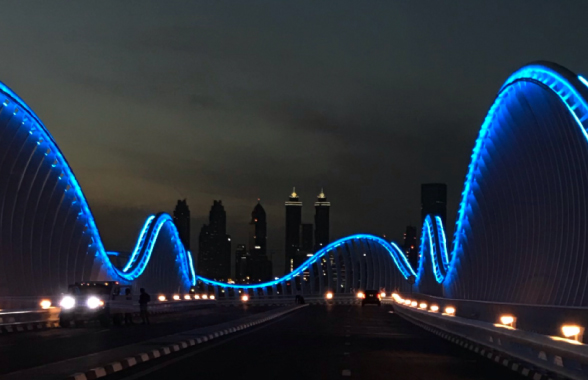
Rasiglia: a town reborn, thanks to its inhabitants
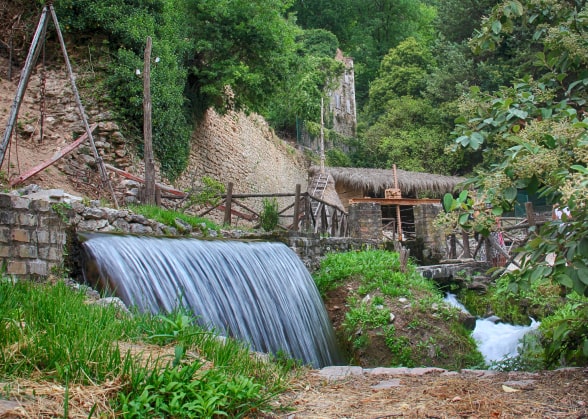
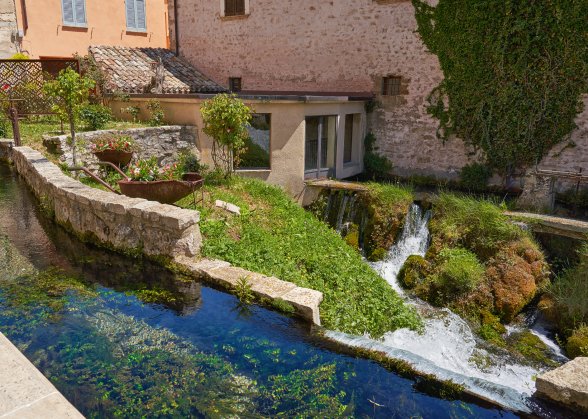
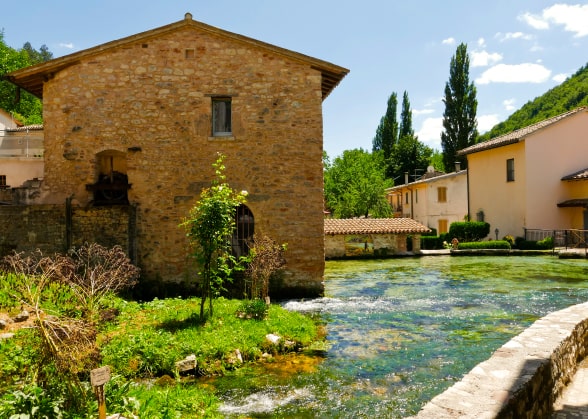
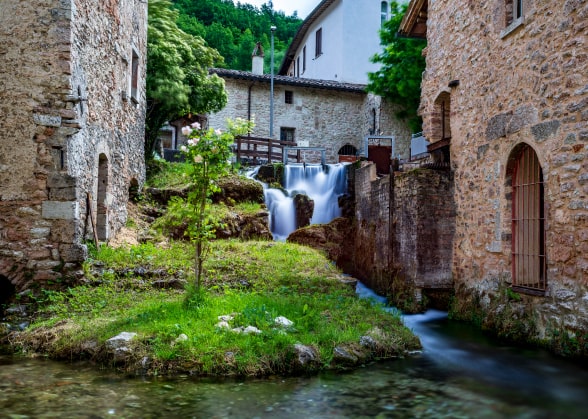
Renewable energy communities

Rasiglia also boasts Italy’s largest paper mill, which was created to harness the powerful flow of the river. “Seven paper mills, which are among the oldest in Italy, were created along the course of the Menotre. The paper on which the first copy of The Divine Comedy was printed was produced in Rasiglia, thanks to the power of the river,” Cesarini explains.
Rasiglia now has three active power plants. The largest produces 200 KW: the other two, which are closer to the town, produce 6 kW each. The electricity produced is not stored, however, but fed directly into the grid in order to reduce electricity costs. “If there were more small hydroelectric plants like ours,” says Cesarini,” communities would be cleaner and less polluted.”
Renewables for Enel X: a shared commitment
“If renewables were more widespread, the use of fossil fuels for producing electricity would be significantly reduced, if not eliminated, and nature would not be damaged by the positive exploitation of it,” says Cesarini.
With renewable energy solutions, communities can enjoy cleaner air and energy at a lower cost. Reducing emissions would stabilizes ecosystemic balances, thereby decreasing the probability of climatic emergencies like drought, heat waves and extreme weather events.

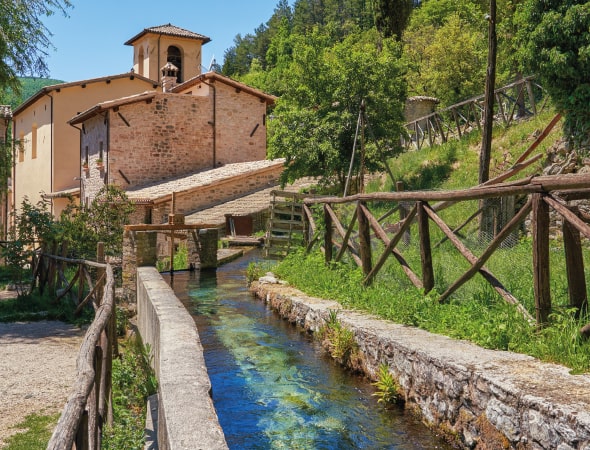

Communities and their productive fabric, which is made up of small and medium-sized enterprises rooted in the local areas, can particularly benefit from electrification processes like those employed in Rasiglia and similarly by those proposed by Enel X. The adoption of green, sustainable and circular economy initiatives is good both for communities and the environment. These initiatives reduce pollution and respect the surrounding nature, which becomes more livable and welcoming for all.
Local historian – The “Rasiglia e le sue sorgenti” association




